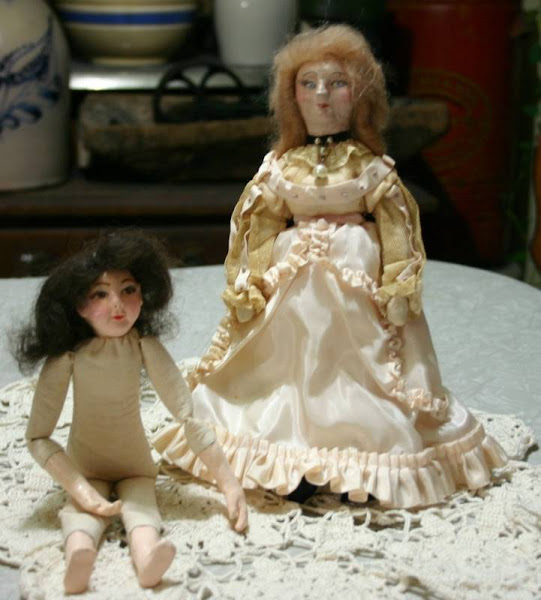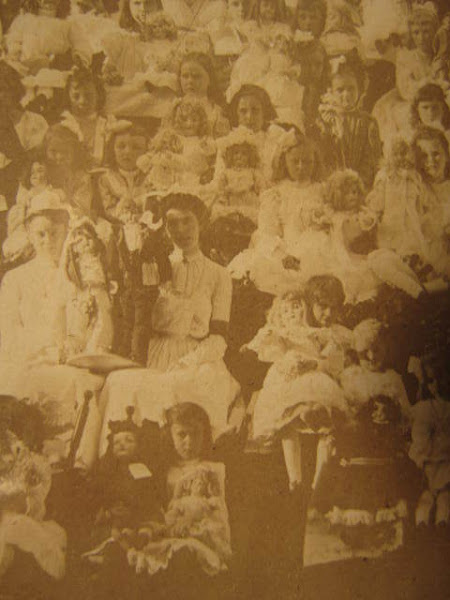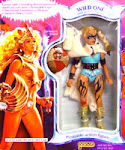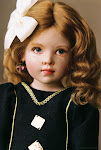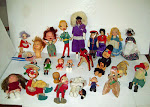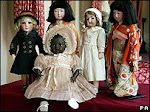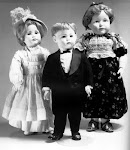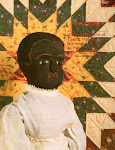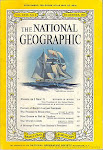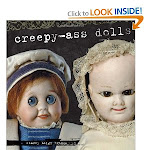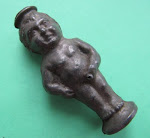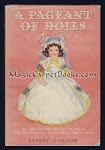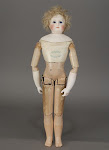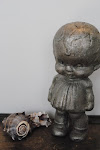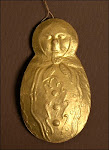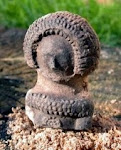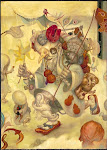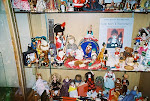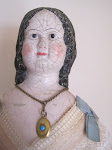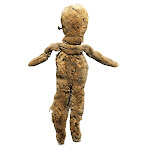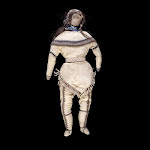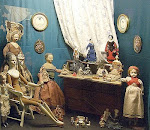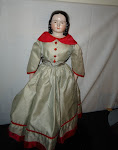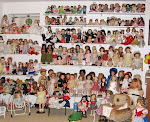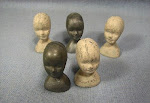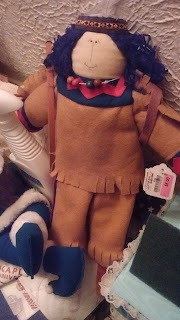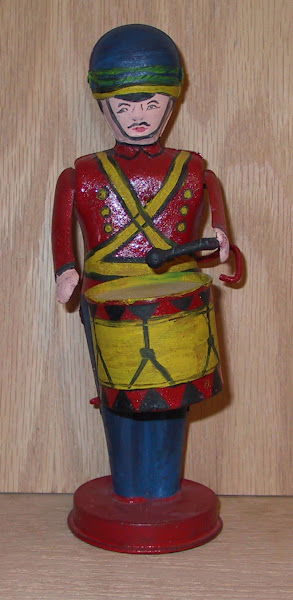Here is the link with information on this new show for collectors, "with a twist."
https://www.metv.com/collectorscall/share
The Host is Lisa Welchel, from "Facts of Life." First episode is April 7th, 9 pm cst. I'm waiting with great anticipation to see what this show will be like, and how collectors will be portrayed.
When I was little, I loved "Facts of Life." Many of the sweaters my mother bought me often appeared on the characters of the show. It was Part The Secret Language, Part Jane Eyre, Part Little Women.
Mark your calendars now!!
Sunday, March 31, 2019
Tuesday, March 26, 2019
Monday, March 25, 2019
Suzanne Gibson, NIADA Artist and Virtual Doll Collection
Many artists turn to creating dolls because they are a fresh medium, something to take their art in another direction. Artists who recognized the importance of the relationship between dolls and art founded the National Institute of American Doll Artists, NIADA, in 1963. Originally, four artists founded NIADA, Helen Bullard, Gertrude Florian, Magge Head, and Fawn Zeller. Today, there are over 60 members elected by their peers and member-patrons. The purpose behind founding NIADA was to recognize the art behind original, hand made dolls. Members hold annual get-togethers that include visiting doll makers and doll fans to share work and ideas with each other. There is also a NIADA school for those who wish to learn doll making techniques from the artists of NIADA. The artists’ group also offers publications on artist dolls. For more information about the annual conference and school, visit the NIADA website, www.niada.org.
For many years, I was a pen pal of the late Suzanne Gibson, a NIADA artist known for her Kalico Kids and porcelain little girl series. She was trained as a ballet dancer and was from Capitola , CA
 |
| S. Gibson Holly by Reeves International via Public domain |
When I went to a doll show, I would check on her dolls, if any. I only found vinyl versions of the Kalico Kids and other dolls. Currently, the Reeves dolls are a bargain on ebay.
Spinning Wheel's Complete Book of dolls features Gibson in an article; there is a great scion on doll artists in the book. The NIADA sight is full of information, of course. Many artists are past members of NIADA, and there are other groups, but notable artists include Debbie Ritter, Uneek Doll designs, R. John Wright, elinor peace bailey, Greg Ortiz and many BJD artists and designers. Glenda Rolle, featured in photos on this blog, does great sand babies and jewelry.
 |
| Teracotta doll bust by the author, c. 1988. |
Spinning Wheel’s Complete Book of Dolls has a good article about her, and a good section on Doll artists. Other books include Max von Boehn’s Dolls, Carl Fox’s The Doll, Clara Hallard Fawcett’s books, Janet Pagter Johl’s and Eleanor St. George’s books that talk about Emma Clear, Helen Young’s The Complete Book of Doll Collecting, Edwina Ruggles’, The One Rose, Spinning Wheel’s Complete Book of Dolls, vol. I, Doll Reader Magazine, Doll Castle News, Kimport’s Doll Talk, Manfred Bachman’s Dolls, the Wide World Over, and Bernice’s Bambini. Wonderful books by NIADA include Krystyna Poray Goddu, ed., The Art of the Doll: Contemporary Work of the National Institute of American Doll Artists. NIADA, 1992, and other books by Goddu on the artists. NIADA serves many wonderful purposes in the world of dolls, but the artists remind us above all of the historical and artistic value of dolls for collectors and doll lovers of all ages.
 |
| R: Dealer Laverne Koddy with a Jan McClean doll. |
 |
| The author's Baby Dear, originally designed by Eloise Wilkin. This version c. 1964, and she wears a dress from her varied wardrobe. She is the author's favorite doll. |
 |
| Fairy with butterfly wings, artist made |
 |
| Art doll by Joniak. |
 |
| COD character doll, coinciding with movements in the Bauhaus Art Movement and German Realism. |
Older artists and designers include Joseph Kallus, Cameo Doll company and innovator of the modern vinyl Kewpie, Rose O' Neill, Grace Story Putnam, Grace Drayton, Grace Corey Rockwell, Johnny Gruelle, A. Marque, Picasso, Degas, Tony Sarg, and Bil Baird.
Other doll artists, some former NIADA members are Magge Head Kane, R. John Wright, Glenda Rolle [see her sand babies on this blog], R. Lane Herron, and Teri Long-Long Gone Dolls. A. Marque and is an artist of the past that created dolls, as did DeWees Cochran, Madame Alexander, Dorothy Heizer and Emma Clear . Peggy Jo Rosamund is an amazing paper doll artist. Robin Woods did amazing work, and so did Anna Avigail Brahms. The list goes on.
 |
| Bil Baird Puppet, photo the author |
Dolls and art have gone hand in hand for centuries. Even in prehistory, humans were creating small statues of women and an occasional man according to their standards of aesthetic beauty. Artists used small articulated models or lay figures to create masterpieces of art. A few artists like Marque, Picasso, and Degas, either created dolls, or were inspired by dolls to create other works of art. Many great artists, including Rembrandt, were collectors themselves. Leonardo da Vinci dabbled in creating automatons, along with other gadgets and machines. Artists like Joseph Cornell and Jarvis Rockwell created works of art using dolls. Norman Rockwell, father to Jarvis, painted them, as in his Doctor and Doll. The artistry of antique dolls influenced Pleasant Rowland’s American Girls. Of course, sculptors and artists have always been involved in creating dolls for play and to collect. There are many non-NIADA books and magazines about doll making including The Art Doll Quarterly. Behind every Barbie, Kewpie, or Betsy Wetsy, there is an artist or sculptor working his or her particular doll magic.
 |
| Artist doll after the work of Ted de Grazia. Author's collection. |
Other great books abound on dolls and art, as well as videos of the Santa Fe Doll Art conventions. Just remember, behind every great doll, there is a great artist! We will be featuring Helen Kish, George Stuart, Shelley Thornton and more at the June Virtual Doll Convention.
 |
| Pat Thompson, Vlasta Dolls. Author's Collection |
Thursday, March 21, 2019
George Stuart’s Portrait of Anne Boleyn, Virtual Doll Convention, and a Brief Bio of the Tragic Queen
George Stuart’s Portrait of Anne Boleyn
George Stuart and his fantastic historical figures will be featured in the June Virtual Doll Convention. One of these represents Queen Anne Boleyn, Henry VIII's second wife, and the first woman and queen to be beheaded in England.
 |
| Anne Boleyn by George Stuart, Gallery of Historical Figures via public domain. |
Anne Boleyn, Henry VIII’s doomed queen, has inspired many
works of art, music, and literature,
including dolls. I have read and studied
her since age 9, when my Dad took me and my friend to see Anne of the Thousand
Days. I have also presented papers about
her and am writing a book about her. The
irony that Prince Harry and Megan Markle married on the day she was executed
wasn’t lost on me, and her courage has inspired me and many others since her
untimely death in 1536.
Stuart’s portrait shows a sorrowful Anne dressed as she might have been for her date with death. She holds her French hood in her hands, she is pale,
and her eyes are closed. Her skin is
pale but flawless; the stories of strange birth marks and six fingers were
spread largely by the Nicholas Sanders, who was a child when she died, and who
had never seen her. Her beautiful hair
is bound up so as not to impede the French swordsman sent to dispatch her.
As with all his figures, Stuart has done meticulous research
on Anne, which he shares on his website.
He has even done a YouTube video describing his process and her history.
Anne was not content to play the role of objet d’art often
assigned to her. The obstacles she encountered in becoming Queen and in defending
herself later served as barriers that influenced her to speak and to write. It
is through her poems and letters that we see the woman emerge from the two
dimensional image that history has assigned her. Many of her writings were destroyed, but a few remain to give us a glimpse into who she was, including her poem/lute song, "Defiled is my Name Full Sore." She was a controversial figure in life, but even her enemies pitied her, including Mary I and Katharine of Aragon. She was slandered at the end of her life, her family, relatives of Henry, were shamed, and her own brother was executed.
With her death, Anne was somewhat vindicated; the German
Protestants broke with Henry because of Anne’s execution, and Holinshed, Sir Thomas Wyatt, (contemporary poet and her cousin), and Foxe, (Book of Protestant Martyrs), wrote openly in her defense. Henry married the German princess Anne of Cleves in part to assuage the feelings of the German states. The Lord Mayor and Constable of the Tower implicitly defended her as well. Another scaffold confession appears to
vindicate Anne completely, but for the fact that its author was believed at
times to be mad. Anne’s sister-in-law, Lady Jane Rochford, was executed with
Anne’s cousin, Catherine Howard in 1542. Her last words were: “I am innocent of
the crime of which I am accused, but I die justly because I lied long ago when
I myself accused my husband George and Queen Anne of incest” (Rifal 168). Anne
Boleyn had good cause to lament her good name for it would have been valuable
to both her and her family. To enhance her value to her family, she received an
impeccable education in The Netherlands and in France
Historians differ in fixing Anne's birth date, but it is
generally agreed to be either 1501 or 1507 (Lofts 9). It is somewhat ironic
that the birth of this remarkable woman who was the mother of Elizabeth I was so inconsequential that no one
bothered to record it correctly. Contrary to historical rumor, Anne was not of
humble origins, but was born a great lady; one ancestor was Lord Mayor of London Netherlands
Thomas Wyatt’s words on female relatives illustrate Anne’s
position as pawn for the sake of the Boleyn and Howard families: “if a female
relative be fair, if handsome by her middle, then sell her for a good price to
‘thy better’ and never let friendship get in the way of advantage-that is the
only recipe” (11). Moreover, Thomas Boleyn was himself an educated man who
spoke French and Latin and was known to study Erasmus (11). He would have
appreciated the fine points of a good education in the same way that another
Renaissance man, Sir Thomas More would, for his daughter. Learned women were
even preferred over virtuous but unlearned women in the Renaissance, but the
idea behind such reasoning was, in part, that the proper learning could
increase a woman’s virtue (Wayne
 |
| Anne Boleyn from the Tower of London, author's collection |
 |
| Liberty of London, Six Wives of Henry VIII, author's collection |
For Anne, this Christian humanist education meant that she would learn, among other things, to be able to converse well in French so that she could act as an interpreter of the ideas of others, not so that she could communicate her own. Under Margaret’s tutelage, Anne learned to speak French so fluently that she allegedly spoke English with a slight French accent. Peoples’ memories of Anne in The Netherlands portray an intelligent, alert and self-possessed young woman. She was a quick study and learned French by listening to the ladies at court, then imitating them (Ives 31). Foxe later praised her for “the rare and singular gifts of her mind, so well instructed . . .” (135). Anne could read the scriptures in French and may have owned books by Fish and Tyndale. Later, when she married, her Privy Purse accounts showed money spent for books for Henry (Warnicke 111). She also came to love painting, especially illuminated manuscripts and books (Ives 30). Furthermore, Margaret was a meticulous chaperon for a young girl and insisted on correct department and conversation. She id not even allow gossip in her household (26). Clearly, the young girls in her care were not allowed to engage in “by play” with men at court, and chastity and courtly loved played out according to conventions were emphasized (Ives 26-27). Margaret was also a good poet who used her verse to teach her charges lessons in behavior. In the following example, she is teaching her girls not to confide in their servants: “Thrust in those who offer you service, You will find yourselves In the ranks of those who’ve been Deceived” (quoted in Ives 26-27). Self-protection lay in self confidence and quick wit: “Fine words are the . . .[way] . . . to pay back . . . Word for word, that is justice . . . “(26-27). Anne Boleyn learned this lesson well and was well known during her life for her quick wit and intelligence.
Yet, these virtues and Margaret’s lessons betrayed her when
she was faced and attacked by men to whom the measured conventions of Margaret
meant nothing (26-27).
 |
| Anne Boleyn by Shiva Rodriquez, Headless Historicals, via previous permission and public domain |
From the Regent’s court, Anne was sent to France Elizabeth
 |
| Hever Castle, Anne's Childhood Home, still open as an attraction in Kent. via can stock and public domain |
 |
| Anne Boleyn, another portrait. Public Domain |
Whether her speech and writings involve religious,
death, judgment, or courtly love, what emerges is an intelligent woman not
content with the strictures of her time on women’s speech, though she had been
trained to be a family asset and accomplished woman of the court. She is as full
of contradictions as the English
Court Elizabeth
 |
| Anne's signature, "Anne the quene," via public domain |
Until a literary miracle occurs and some ancient strongbox
surfaces with more documentation of Anne’s life, history has given the modern
biographer only fragments with which to work. Yet, these fragments reveal a
remarkable woman, who negotiated discourse to legitimate speech and writing
under even the most trying conditions. Perhaps it is fitting to end with her
own words: “And if any person will meddle of my cause I require them to judge
the best”
Besides Stuart, artists Ann Parker, Kathy Redmond, Shiva Rodriquez, Peggy Nisbet, Liberty of London, and I have all created portraits of Anne as dolls. Madame Alexander has done at least two
versions, one a Cisette style doll from the TV show The Tudors, and another
larger doll, similar to the Alexandra Fairchild fashion doll, that is jointed. I own the last doll; I keep with her a coin
that is from the time of Henry and Catherine Howard, Anne’s Cousin.
| Anne Boleyn by Ann Parker, via public domain |
 |
| Anne Boleyn by Kathy Redmond via Public Domain |
 |
| Anne Boleyn by Peggy Nisbet, c. 1970, via public domain |
Anne Rice has channeled Anne Boleyn in Lasher, and Mollie Hardwick tells her story in Blood Royal. Evelyn Anthony has written Anne Boleyn, Phillipa Gregory’s The Other
Boleyn Girl became a popular film, and Young Adult novels like Doomed Queen Anne abound. Donizetti did an opera, Anna Bolena, and there is a Spanish wine called Anna de Mil Dias. Boleyn is also an influence on the work of
playwright Adrienne Kennedy. Dorothy Tutin, Merle Oberon, and Genevieve Bujold
have portrayed her with sympathy on TV and movie screens.
 |
| Via public domain |
 |
| Anne Boleyn Toby Jug via Royal Doulton and Public Domain, c. 1974 |
I have a small doll from The Tower of London that represents
her as well, and Toby jugs by Royal Doulton.
Of course, there are paper dolls, figurines, jewelry, and lots of other
memorabilia created in her name.
 |
| Anne Boleyn after Holbein, Wiki Commons, public domain |
I hope to do a post on Stuart’s Katharine of Aragon as well.
Works cited provided on request, or follow the link to my blog.
Subscribe to:
Posts (Atom)
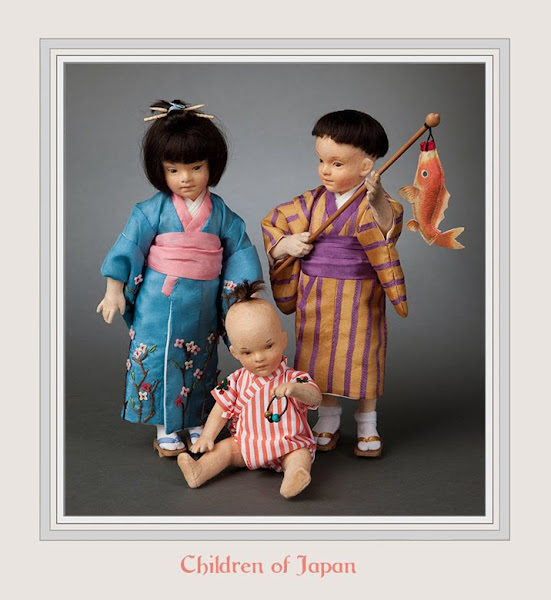

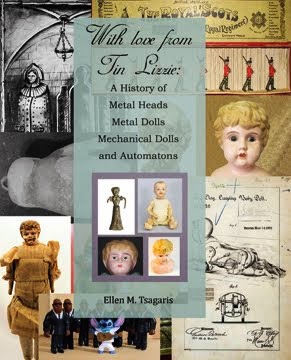
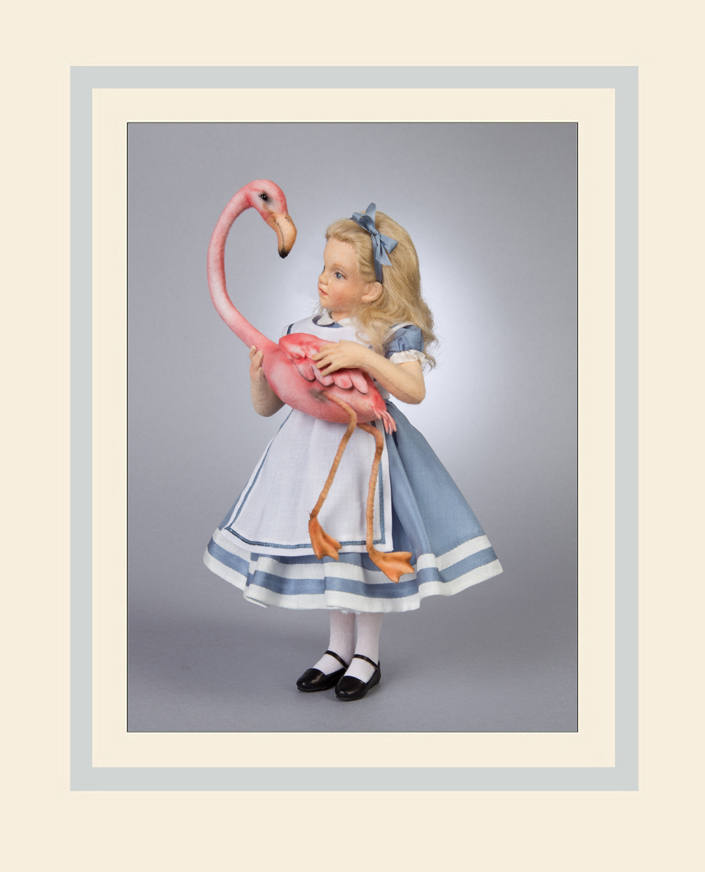


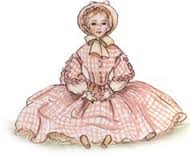


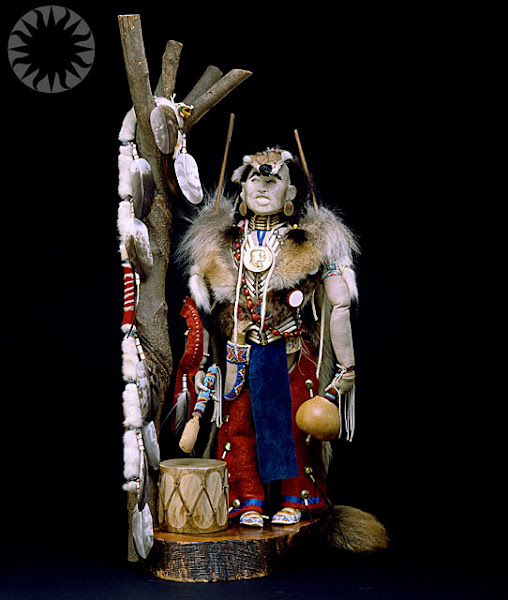
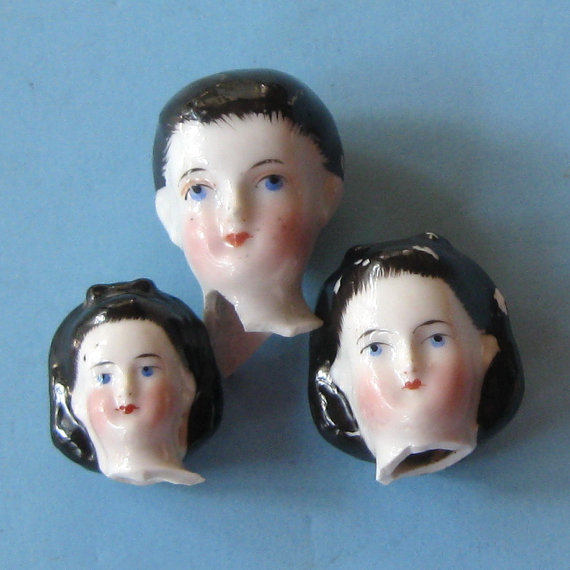
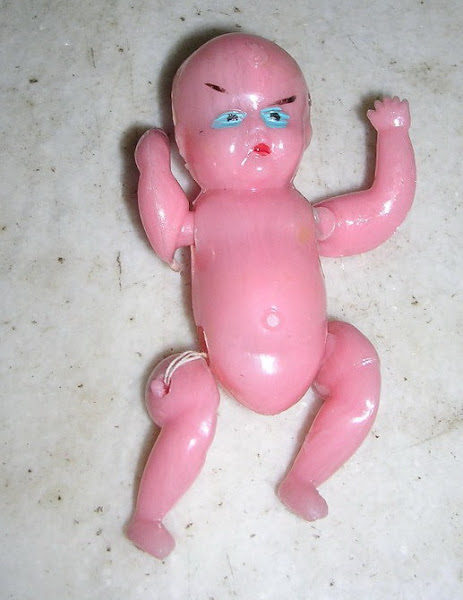
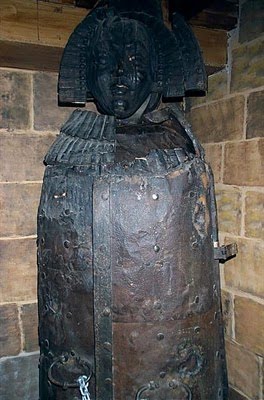

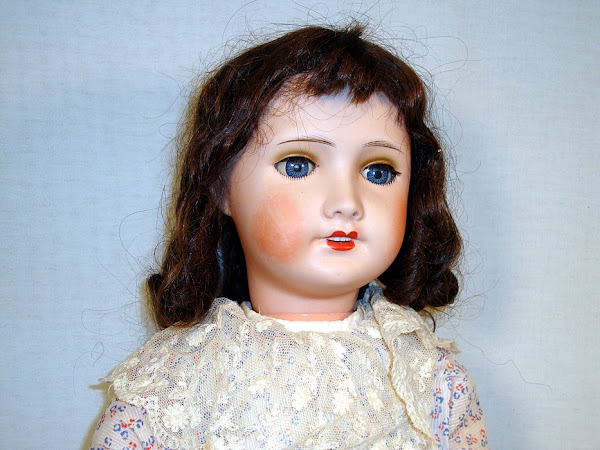



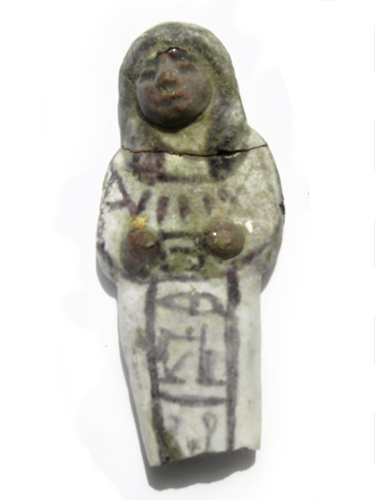
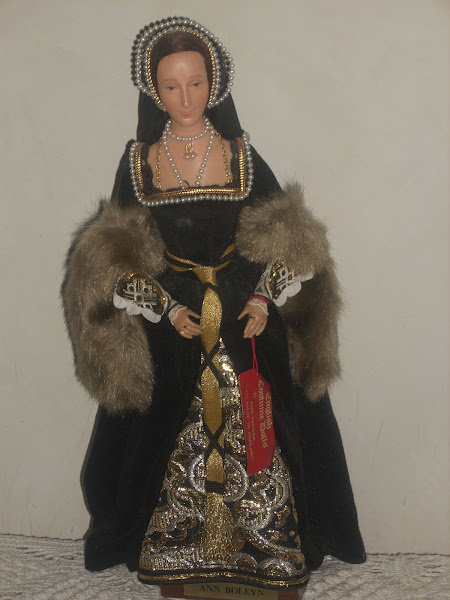





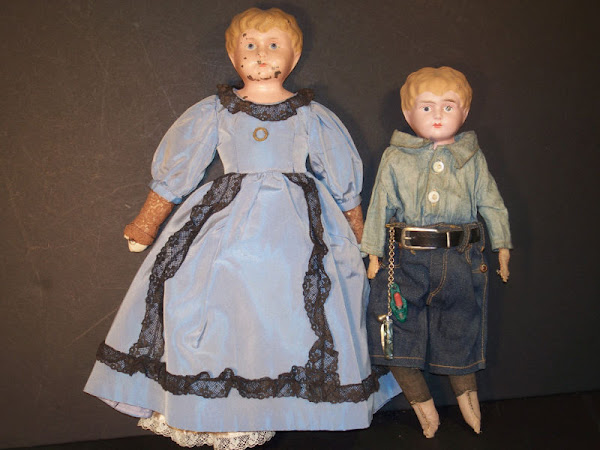


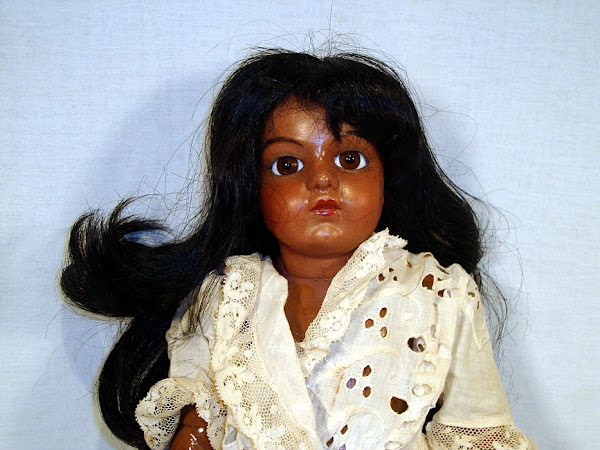
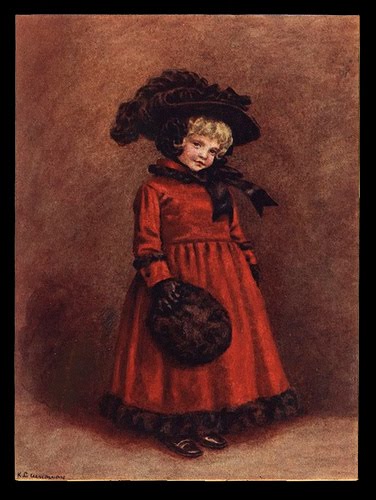

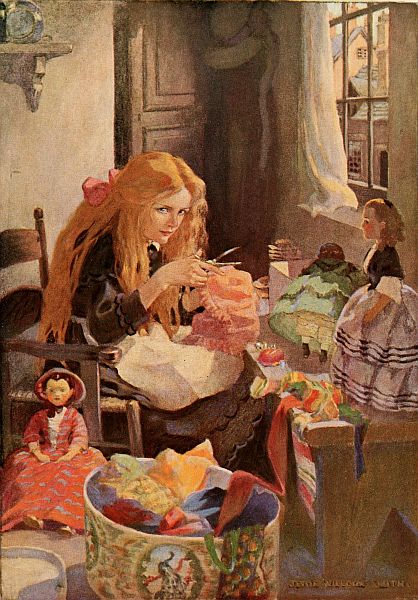


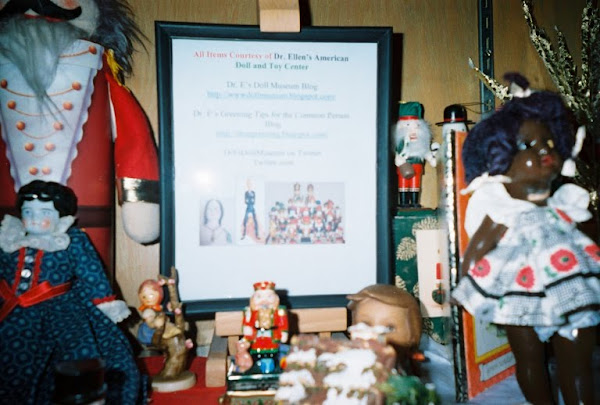






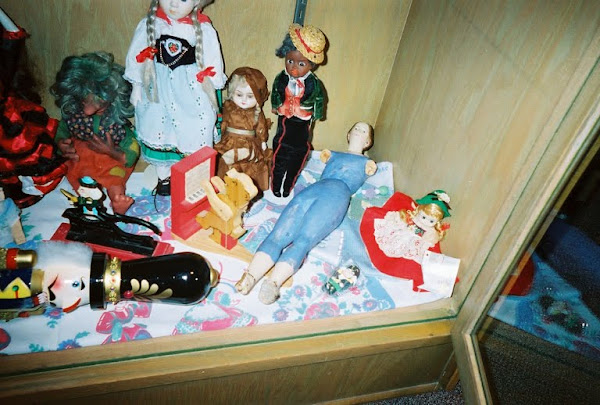
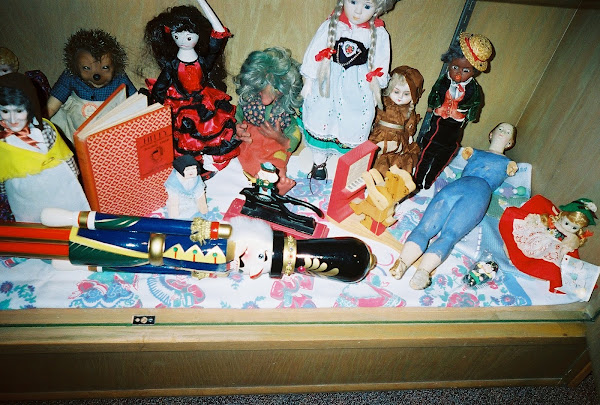
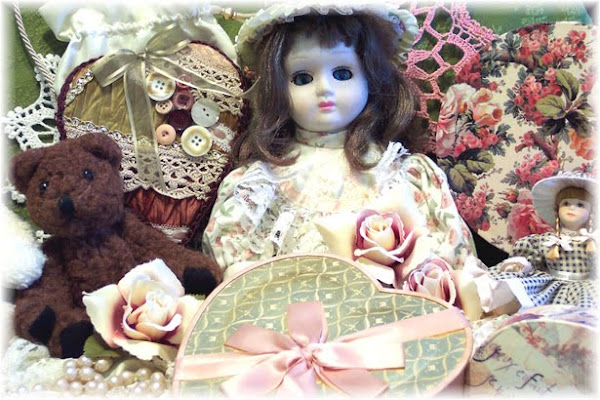
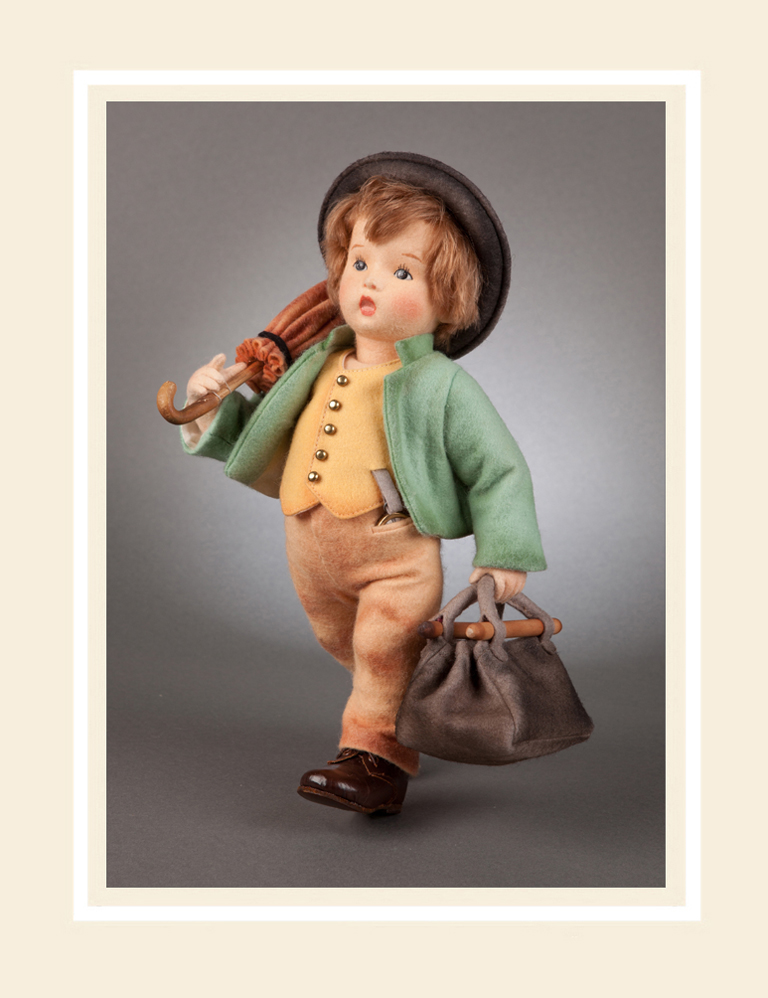

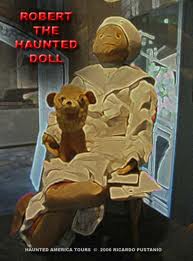

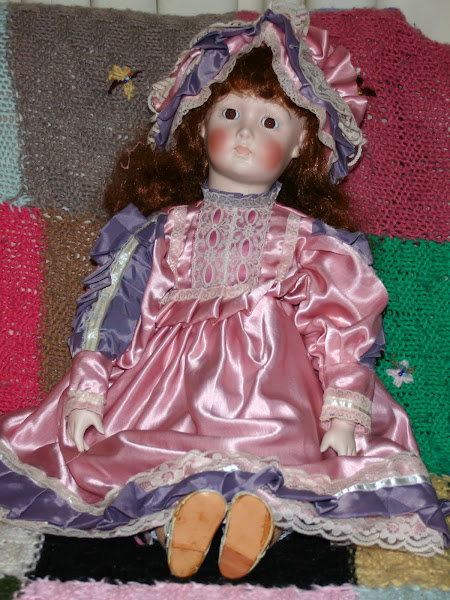
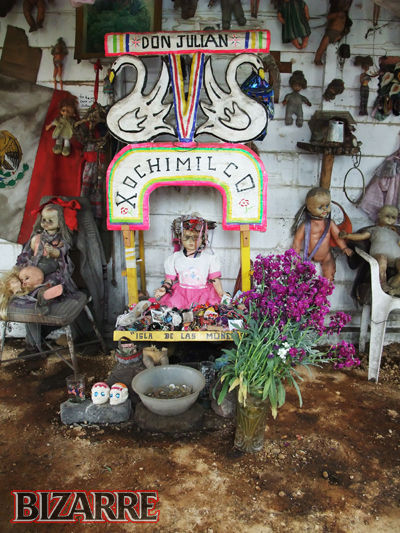
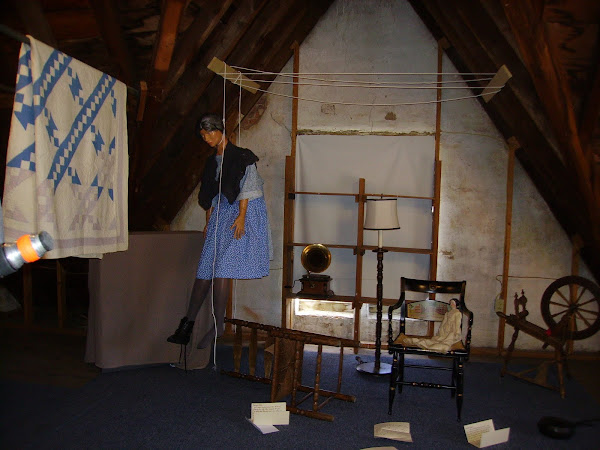
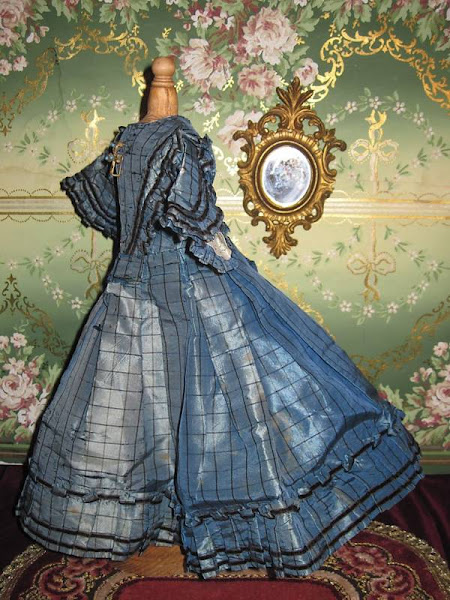wCWk~%24(KGrHqV,!h8Ew5GsnS3dBMUy3MzVPg~~_3.jpg)


